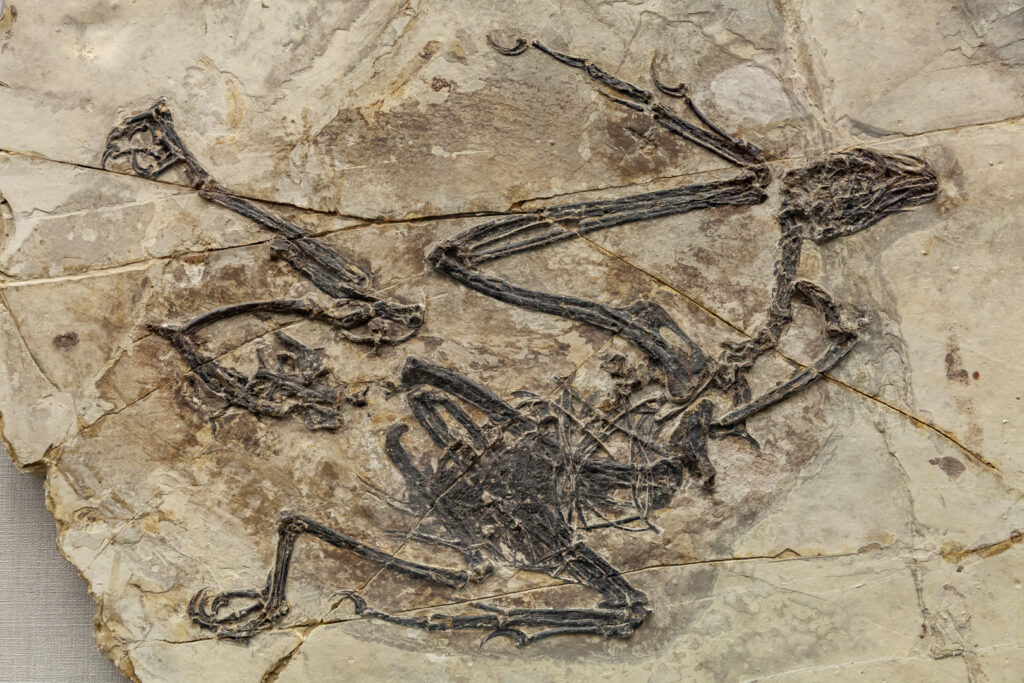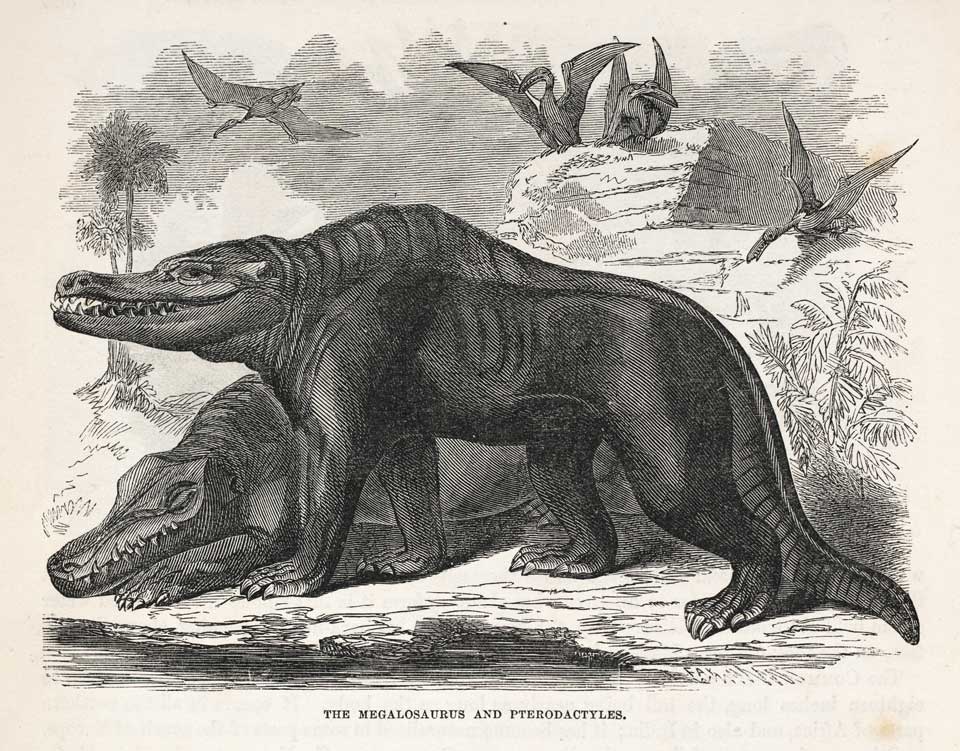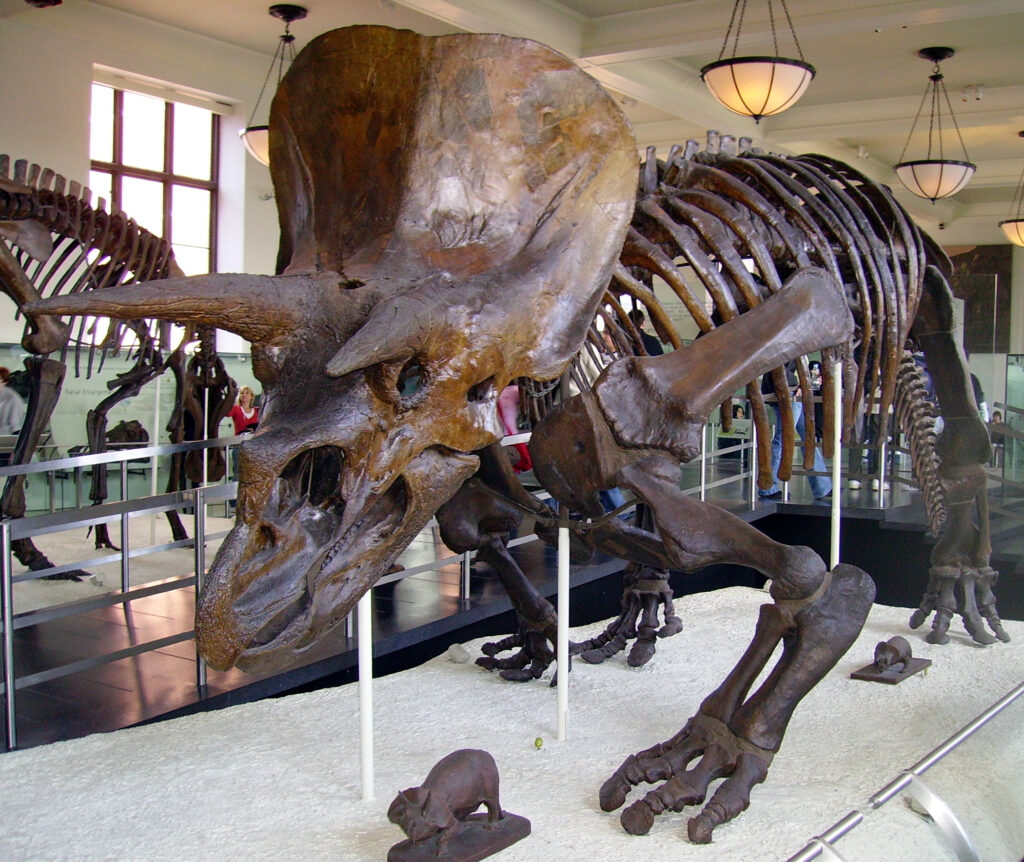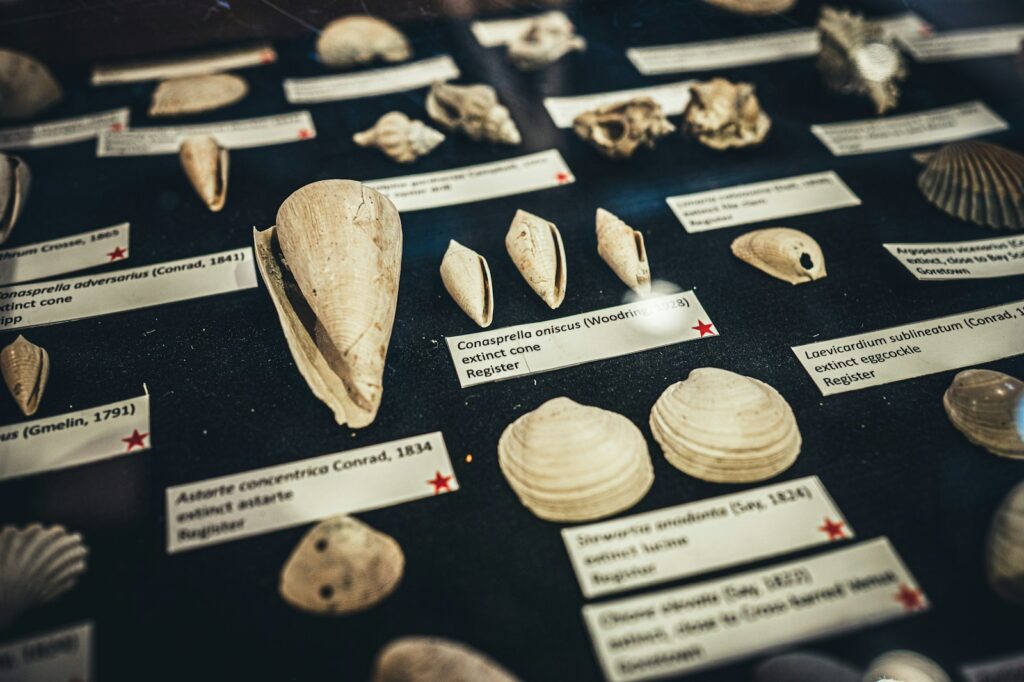Death is only the beginning. When a dinosaur breathed its last breath 100 million years ago, it had no idea it would become the star of a museum display in 2025. The transformation from living, breathing creature to stone-hard fossil is one of nature’s most incredible magic tricks—a process so rare and unlikely that most life forms simply vanish without a trace. Yet sometimes, under perfect conditions, the impossible happens, and flesh becomes stone.
The Lottery of Death and Preservation
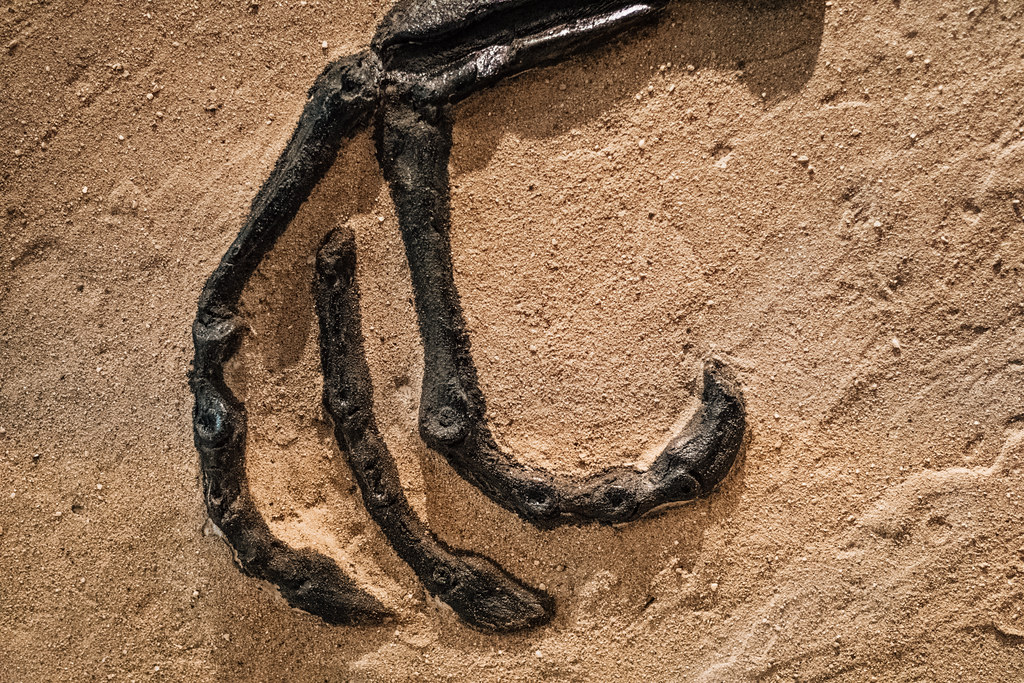
Fossilization is like winning the world’s most exclusive lottery, except the odds are even worse. Scientists estimate that less than one percent of all species that ever lived have left fossil evidence behind. Think about it—billions of creatures have walked, crawled, and swum across our planet, yet only a tiny fraction managed to cheat complete oblivion. The winners of this prehistoric lottery didn’t just die; they died in exactly the right place, at exactly the right time, under exactly the right conditions. It’s a cosmic coincidence that makes discovering fossils feel like finding buried treasure.
Speed Kills, But Slow Burial Saves
Timing is everything in the fossil game, and ironically, the faster an organism gets buried, the better its chances of eternal preservation. When a creature dies and gets quickly covered by sediment—whether from a mudslide, volcanic ash, or river flood—it’s protected from the usual suspects that destroy dead bodies. Scavengers can’t find it, bacteria struggle to decompose it, and oxygen can’t easily reach it to fuel decay. The sediment acts like nature’s own time capsule, creating an oxygen-free environment where the normal rules of decomposition don’t apply. It’s the difference between leaving a sandwich on your kitchen counter versus sealing it in a vacuum bag.
Why Bones Beat Brains Every Time

Not all body parts are created equal when it comes to fossilization, and hard tissues almost always win the preservation game. Bones, teeth, shells, and other mineralized structures contain compounds that resist decay and can be gradually replaced by minerals from surrounding sediment. Meanwhile, soft tissues like skin, muscles, and organs are made mostly of water and organic compounds that decompose rapidly. This explains why we have countless dinosaur skeletons but almost no fossilized dinosaur hearts or brains. The few rare soft-tissue fossils that do exist are scientific goldmines, offering glimpses into the flesh-and-blood reality of ancient life.
The Chemistry of Turning Flesh to Stone
The actual transformation from organic material to rock involves a slow-motion chemical dance that takes thousands to millions of years. Minerals from groundwater gradually seep into the tiny spaces within bones and shells, crystal by crystal. Sometimes the original material dissolves away completely, leaving behind a perfect mineral replica—like making a plaster cast of your hand, except nature does it with quartz, calcite, or pyrite. Other times, the original material remains but gets reinforced with minerals, creating a hybrid of bone and stone. This process, called permineralization, is why some fossils are so incredibly detailed that you can see individual cells under a microscope.
Ancient Environments That Hit the Jackpot
Certain prehistoric environments were fossil-making factories, cranking out preserved specimens like assembly lines. Shallow seas with muddy bottoms were particularly good at capturing and preserving marine life—the fine sediment settled gently over dead organisms without disturbing their delicate structures. Tar pits acted like prehistoric flypaper, trapping everything from saber-toothed cats to insects in sticky asphalt that prevented decay. River deltas, where sediment constantly accumulated, caught terrestrial animals that died near water sources. These environments shared one crucial factor: they buried organisms quickly and kept them buried undisturbed for millions of years.
The Power of Amber Time Capsules
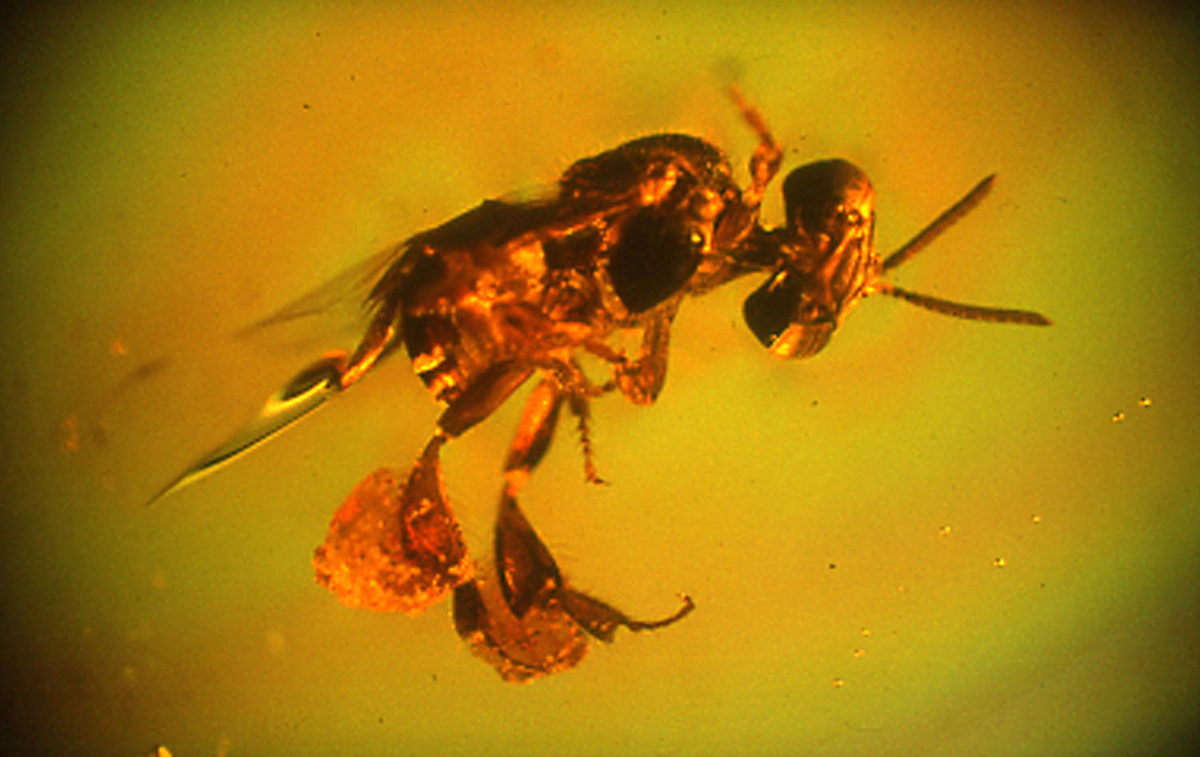
Amber represents the ultimate in fossil preservation, capturing ancient life in three-dimensional perfection that makes other fossils look crude by comparison. When tree resin trapped small organisms like insects, spiders, or plant parts, it created an environment so hostile to decay that even delicate structures like wing veins and flower petals survived intact. Some amber fossils are so well-preserved that scientists can still see the individual hairs on prehistoric spiders or the cellular structure of 100-million-year-old leaves. It’s like having a window into ancient ecosystems, complete with predator-prey interactions frozen in mid-action. The resin literally stopped time, preserving moments that would otherwise be lost forever.
Why Size Matters in the Fossil World
When it comes to fossilization, bigger is usually better, and tiny organisms face an uphill battle against oblivion. Large animals like dinosaurs had substantial bones that could withstand the crushing weight of sediment layers and resist complete dissolution by groundwater. Their sheer mass also meant they were more likely to sink into sediment rather than float away or get scattered by currents. In contrast, microscopic organisms often needed special conditions to fossilize—like getting trapped in amber or buried in extremely fine sediment that could capture their delicate structures. This size bias explains why we know more about prehistoric giants than we do about the tiny creatures that probably made up most ancient ecosystems.
The Geological Roulette Wheel
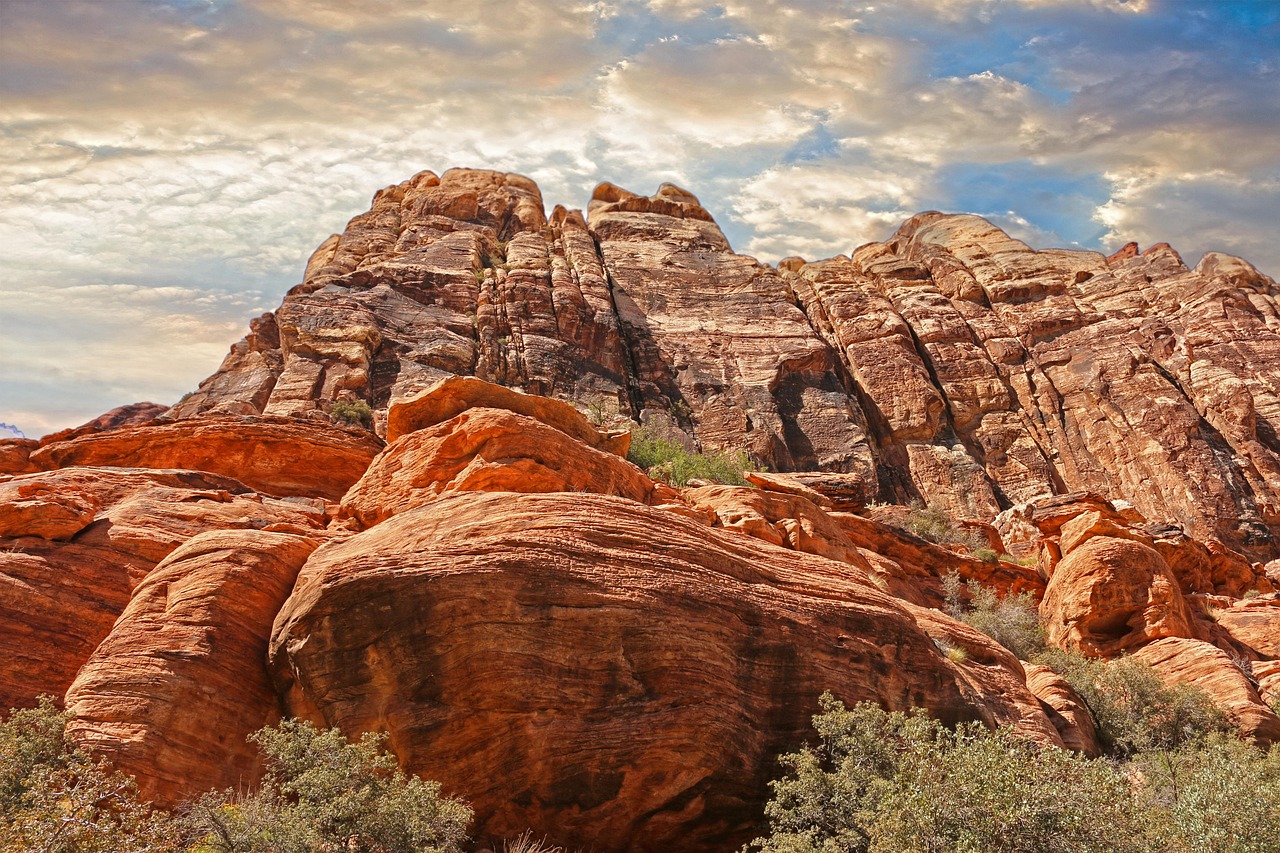
Even perfectly preserved fossils face another deadly gamble: surviving millions of years of geological chaos without getting destroyed. Earthquakes can shatter fossil-bearing rocks, volcanic activity can melt them, and mountain-building forces can crush them beyond recognition. Erosion constantly wears away rock layers, potentially exposing fossils to weathering that destroys them before anyone finds them. The fossils we discover today are the lucky survivors of countless geological disasters—they avoided being cooked, crushed, dissolved, or eroded away over spans of time that dwarf human history. In geological terms, finding a fossil is like discovering a message in a bottle that survived being tossed around in a hurricane for millions of years.
Ice Age Preservation: Nature’s Deep Freeze
The ice ages created their own unique fossilization opportunities, using freezing temperatures instead of sediment to preserve ancient life. Woolly mammoths, saber-toothed cats, and other ice age animals occasionally got trapped in permafrost that acted like a natural freezer for tens of thousands of years. These frozen specimens often retain soft tissues, DNA, and even stomach contents—providing information that traditional stone fossils never could. Some frozen mammoths discovered in Siberia still had grass in their mouths, suggesting they were eating when disaster struck. It’s preservation so perfect that scientists have seriously considered trying to clone extinct species from the recovered genetic material.
Volcanic Catastrophes and Instant Preservation
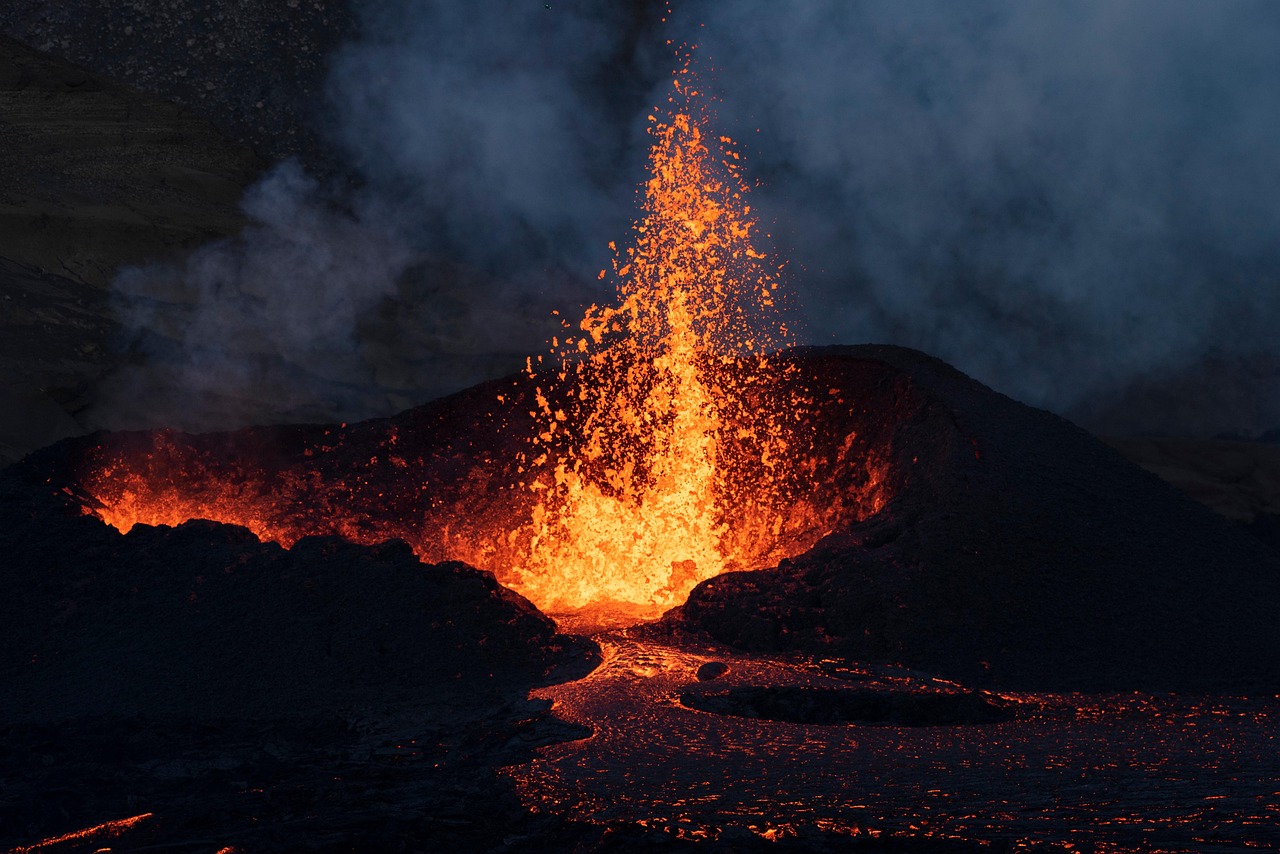
Volcanic eruptions, while devastating for living creatures, sometimes create ideal conditions for instant fossilization that captures life in remarkable detail. The famous Pompeii effect isn’t limited to human history—volcanic ash has been preserving prehistoric life for hundreds of millions of years. When Mount Vesuvius-style eruptions bury organisms under fine volcanic ash, the result can be fossils that show incredible detail, including skin textures, feather patterns, and even behavioral poses. Some of the most spectacular dinosaur fossils show animals that were apparently caught in the act of fighting, nesting, or caring for young when volcanic ash ended their lives and began their journey to immortality.
Marine Graveyards: Where Sea Life Goes to Become Fossils
The ocean floor has always been one of nature’s most efficient fossil factories, creating underwater graveyards that preserve marine life with stunning consistency. When sea creatures died and sank to the bottom, they often landed in low-oxygen environments where decay happened slowly and sediment accumulated steadily. Over millions of years, these marine graveyards built up layer upon layer of fossil-rich rock that now forms some of our most productive fossil-hunting grounds. Famous formations like the Burgess Shale in Canada preserve not just the hard parts of ancient sea life, but also soft tissues, revealing the true diversity and complexity of prehistoric ocean ecosystems.
Trace Fossils: When Behavior Becomes Stone
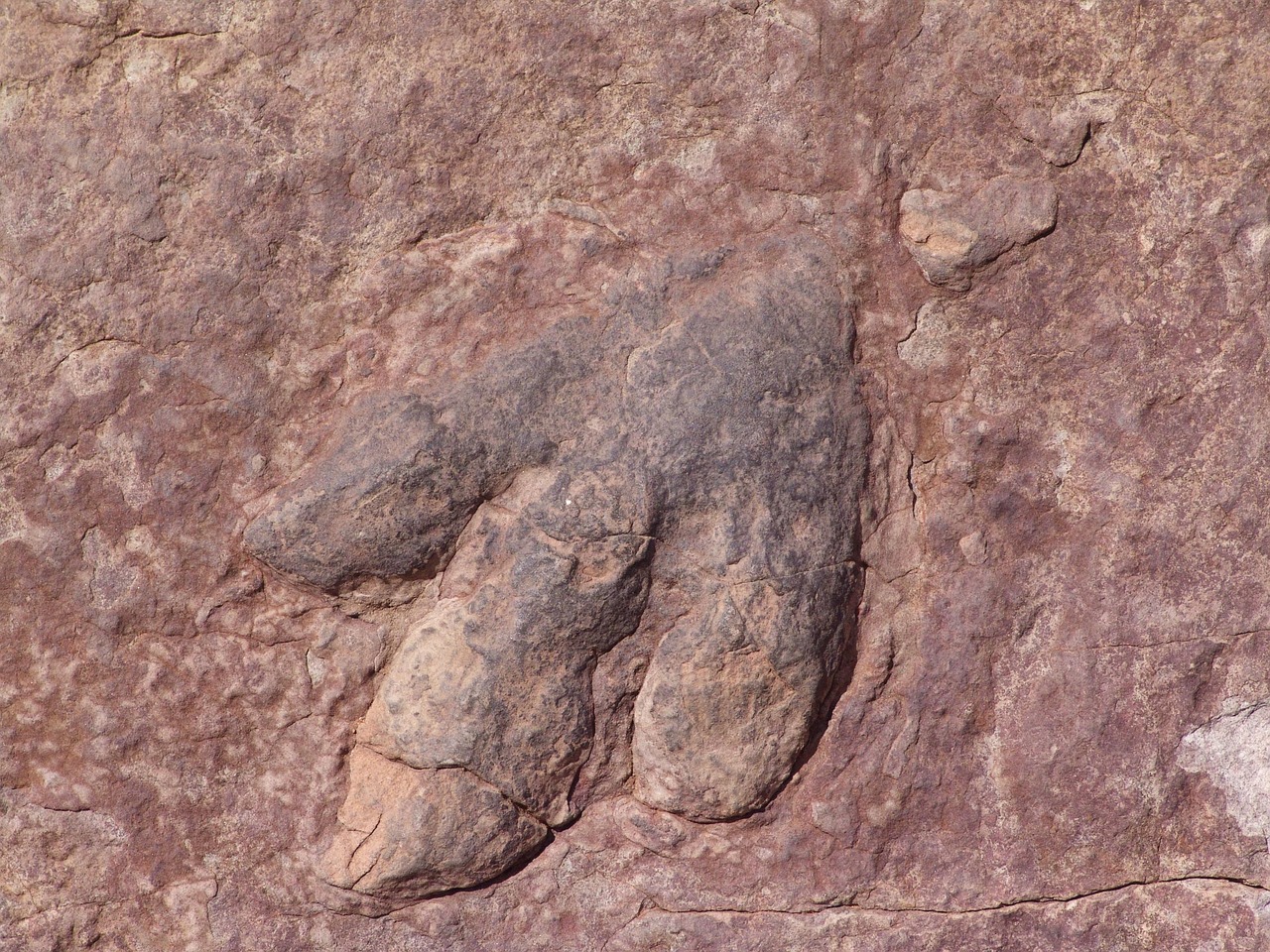
Sometimes the most fascinating fossils aren’t bodies at all, but rather the traces of ancient behavior preserved in stone. Dinosaur footprints, worm burrows, and even prehistoric bite marks can fossilize under the right conditions, creating a record of how ancient animals lived, moved, and interacted. These trace fossils often tell stories that body fossils can’t—like revealing that some dinosaurs traveled in herds, or that certain prehistoric worms created complex tunnel systems in ancient seafloors. A set of dinosaur tracks can show us the actual speed at which a T. rex was walking 70 million years ago, while fossilized bite marks on bones reveal the feeding behavior of long-extinct predators.
The Role of Chemistry in Fossil Colors

Recent discoveries have revolutionized our understanding of fossil colors, revealing that some ancient creatures wore patterns and hues that scientists previously thought were lost forever. Specialized cells called melanosomes, which contain color-producing pigments, can sometimes fossilize and preserve their original chemical signatures. This has allowed researchers to reconstruct the actual colors of prehistoric birds, determining that some ancient feathered dinosaurs were black, brown, red, or even iridescent. It’s like discovering that old black-and-white photographs were actually taken in color—suddenly, the prehistoric world becomes more vivid and real than we ever imagined possible.
Modern Fossilization: It’s Still Happening Today
Fossilization isn’t just an ancient process—it’s happening right now, all around us, though we won’t see the results for millions of years. Modern environments like the La Brea Tar Pits continue to trap and preserve contemporary animals, while river deltas and ocean floors accumulate sediment that’s burying today’s organisms for future paleontologists to discover. Scientists have even found fossils of human artifacts and recent species, proving that the same processes that preserved dinosaurs are still at work. In a sense, every organism that dies in the right conditions today is a potential fossil of the future, waiting to tell tomorrow’s scientists about life in the 21st century.
The journey from flesh to stone remains one of nature’s most extraordinary transformations, requiring a perfect storm of unlikely events that happen far more rarely than lightning strikes. Every fossil represents millions of individuals that didn’t make it, making each preserved specimen a precious ambassador from deep time. These stone messengers carry stories of ancient worlds, evolutionary experiments, and prehistoric dramas that played out across scales of time that challenge human comprehension. What will future paleontologists think when they discover fossils of today’s world millions of years from now?

